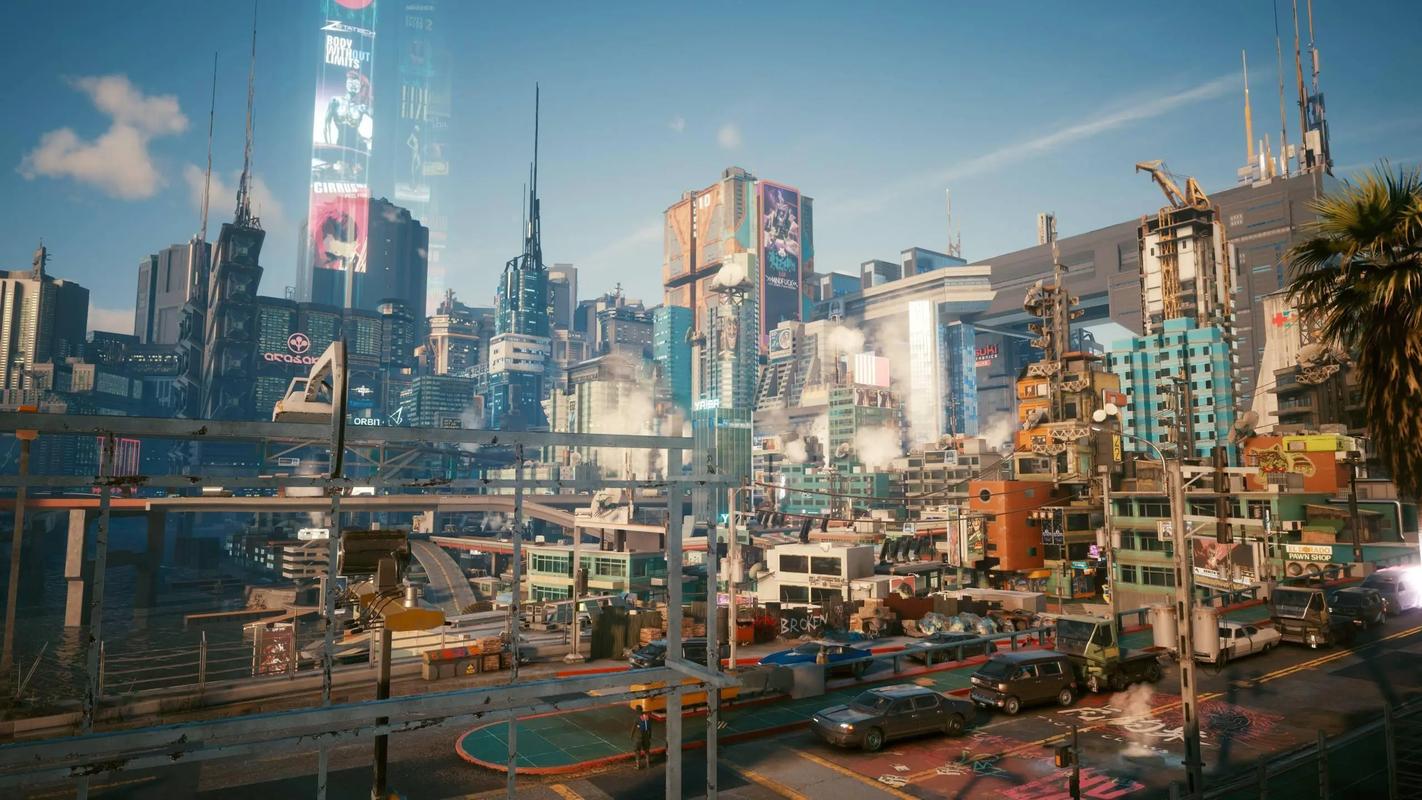Of all the hallowed titles in the PlayStation pantheon, few command the fervent, almost religious devotion of FromSoftware’s Bloodborne. Since its 2015 release, this gothic-horror masterpiece has been the subject of endless praise, deep lore dissection, and one persistent, aching plea from its community: a current-gen patch or remaster for the PlayStation 5. While a formal re-release remains a dream, the game’s backward compatibility on the PS5 offers a fascinating, if unofficial, case study. Playing Bloodborne on Sony’s latest console isn't a transformative remaster, but it provides crucial, tangible improvements that edge the experience closer to what fans have always envisioned, particularly in the critical areas of frame rate and resolution.
To understand the significance of the PS5’s enhancements, one must first grapple with the original technical reality of Bloodborne on the PS4. The game was famously locked at 30 frames per second, a target it often struggled to maintain. The chaotic, particle-effect-heavy combat in areas like the Hypogean Gaol or against certain bosses could cause noticeable frame rate dips, introducing input lag and stutter at the worst possible moments. Furthermore, the game employed a controversial technique known as frame-pacing. Even when it hit its 30fps target, the frames were not delivered with consistent timing, creating a perpetual, subtle stutter that many players perceived as a "judder," making the experience feel less smooth than other 30fps titles. Visually, the game rendered at 1080p, its intricate, grimdark art direction often shrouded in a heavy film grain and chromatic aberration that, while atmospheric, could obscure some of the breathtaking detail crafted by the artists.
This is where the PlayStation 5’s robust hardware enters the picture. Through its backward compatibility feature, the PS5 essentially brute-forces the original PS4 code to run in a far more stable environment. The most significant and immediate improvement players will notice is the flawless lock on the target 30fps. The powerful CPU and GPU of the PS5 eliminate virtually all of the frame rate drops that plagued the base PS4. Fights that once chugged now proceed with buttery-smooth consistency. This might seem like a minor fix, but for a game as precise and punishing as Bloodborne, stability is everything. A stable frame rate means more reliable parry timings, more consistent dodges, and an overall combat flow that feels more responsive and connected. The dreaded frame-pacing issue, however, is inherent to the game’s engine and code. Since the PS5 is still running the original software without a specific patch, this judder remains. Yet, the absolute elimination of actual frame drops makes the experience feel noticeably smoother and more playable overall, even if the underlying frame-pacing quirk persists.
The second major area of improvement is in load times. On the original PS4, death—a frequent occurrence in Yharnam—was punished not only by the loss of Blood Echoes but also by agonizingly long load screens, often exceeding 40 seconds. The PS5’s custom SSD slashes these times dramatically. Load times are now typically between 5 to 10 seconds. This is a quality-of-life change that profoundly impacts the pace and frustration level of the game. The cycle of learning from failure is now rapid and seamless; a death no longer means a lengthy pause to reflect on your mistakes but a quick respawn and a immediate chance to try again. This keeps the adrenaline pumping and the player immersed in the nightmare, rather than pulled out of it by a static loading graphic.
Regarding resolution, Bloodborne on PS5 continues to run at its original 1080p. There is no native 4K upscaling or resolution boost as part of the backward compatibility process. The game does benefit from the PS5’s superior upscaling, sending a 1080p signal to a 4K display that is generally cleaner than what the PS4 Pro could achieve, but this is a minor refinement. The true visual benefit comes from the complete stability. A solid, unwavering 1080p image is, in many ways, superior to a higher resolution that suffers from performance issues. The intricate carvings on tombstones, the weave of the Hunter’s garb, and the grotesque textures of the beasts are all presented with a unwavering clarity that was sometimes compromised on the base hardware.
Playing Bloodborne on the PS5, therefore, feels like experiencing the game in its ideal, originally intended form. It is the same masterpiece, but with the technical shackles loosened. The world of Yharnam is no longer fighting its own hardware; the challenge now comes purely from the monstrous inhabitants and the brutal gameplay, not from performance inconsistencies. The improved stability allows the game’s unparalleled art direction and world-building to shine unimpeded. The frantic, dance-like combat achieves a rhythm and fluidity that feels closer to the sublime combat of Dark Souls III or Sekiro, titles that benefited from more stable performance from the outset.
Ultimately, the PS5 does not provide the dream Bloodborne experience that fans truly crave—that would require a full-fledged remaster or remake with a 60fps performance mode, native 4K resolution, and a complete overhaul of the frame-pacing issue. Such a project would undoubtedly be a system-seller. However, what the PS5’s backward compatibility offers is the definitive way to play the original release. It is the most stable, responsive, and least frustrating version of the game available. It proves, beyond a shadow of a doubt, that beneath the technical limitations of its era, Bloodborne’s gameplay is as sharp and rewarding as ever. It serves as both a consolation prize and a tantalizing glimpse of what could be. For now, Hunters can return to the dream with better tools, and the hope that one day, FromSoftware and Sony will grant their wish for a true next-gen awakening.















